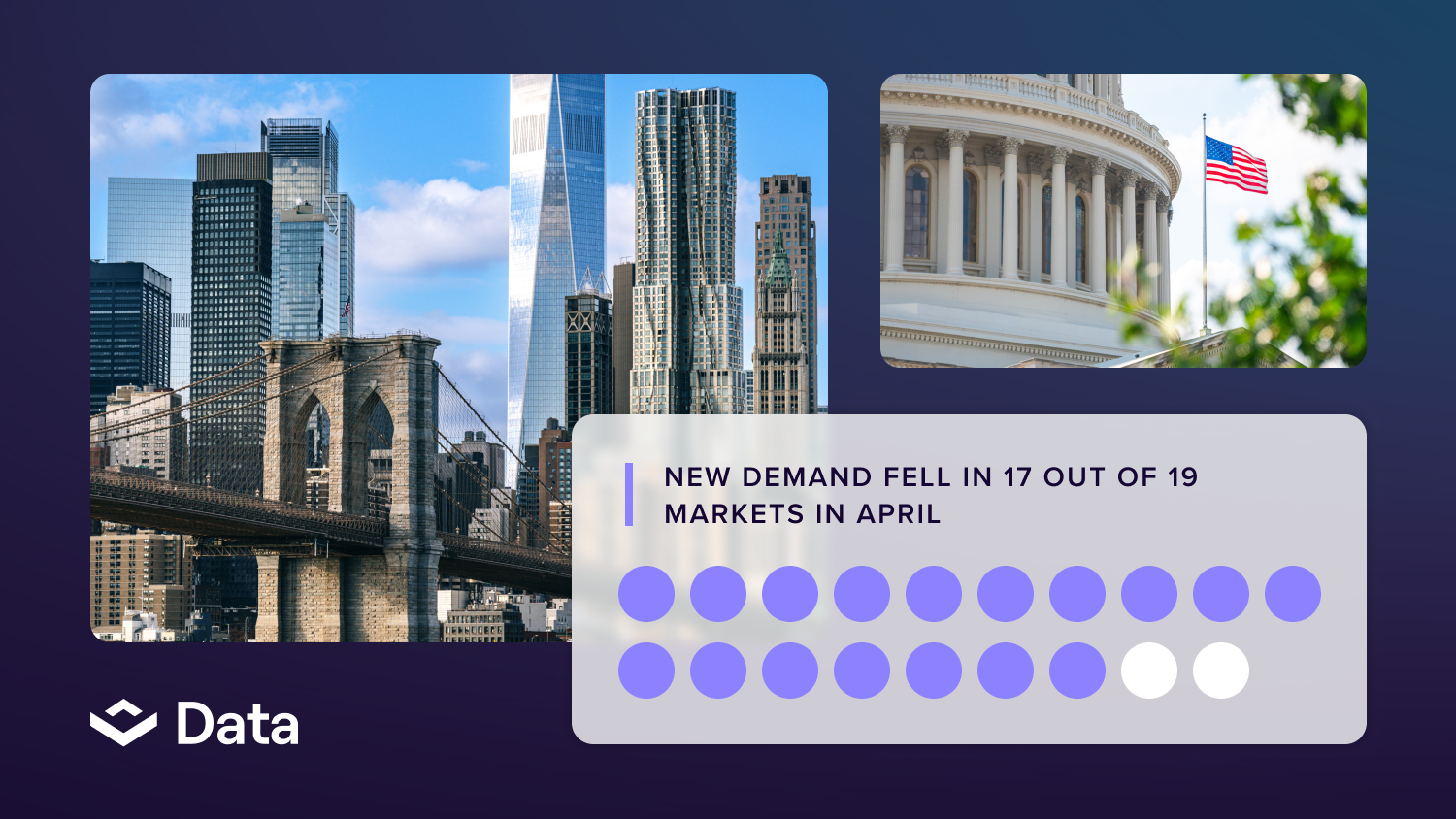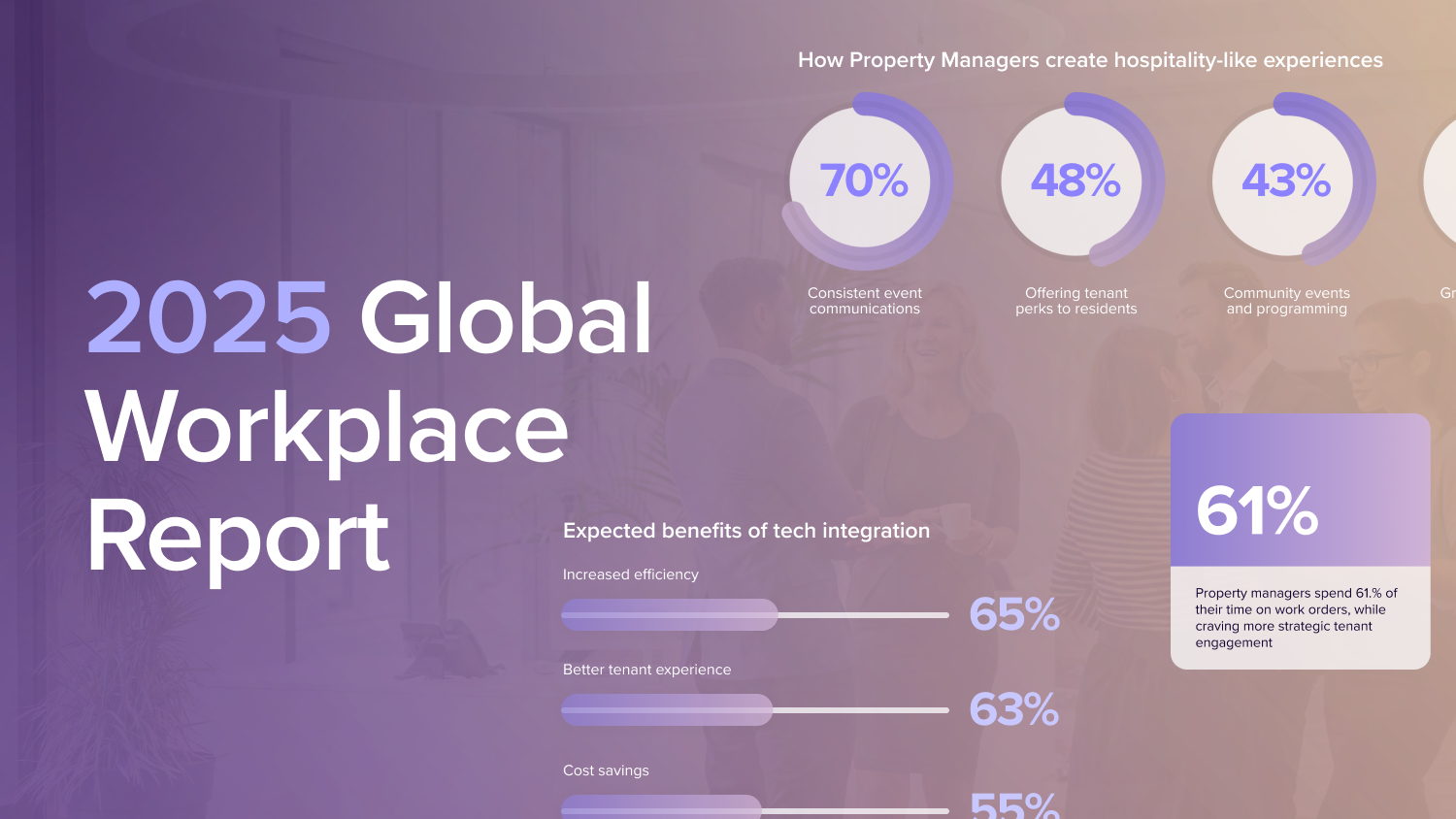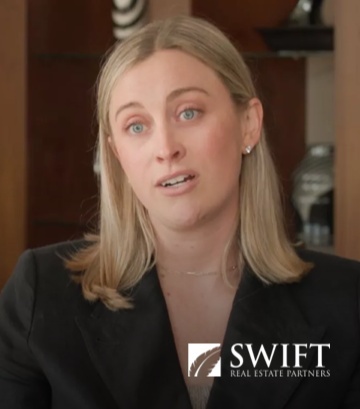
The workplace has shifted over the course of the past two years. Tenants demand a new type of workplace experience — one that allows them to embrace flexibility so that they can bring work anywhere they go, whether that’s the office, at home, or beyond.
In a recent Trading Paper podcast episode, Eric Doran, VP of Solutions at VTS, sat down with Rob Eroh, VTS’ VP of Product for Tenant Experience, to discuss the changing landscape and the proactive measures landlords can take to ensure their buildings stand out to the modern tenant.
Below, we’ve compiled our favourite outtakes from the episode, broken down into bite-sized audio nuggets. Listen or read along (or do both!) to get up to speed on this not-to-miss episode.
Work has changed dramatically in a short period of time. Pre-covid, everyone worked in the office full-time. During the pandemic, most office workers were forced to embrace a work-from-home model. Years later, after such a large pendulum swing between two very different work experiences, we’re all trying to establish a healthy balance between the two.
Creating this new kind of experience is paramount because it affects the way owners serve their tenants and the way they establish their brand identity.
As such, defining what this experience looks like today, operationally, is a key focus for landlords today — especially the ones that want to attract and retain modern tenants.
“CEOs have built work cultures based on in-person experiences over the past century,” Eroh said.
So when the pandemic brought about a need to adapt and present an entirely new way of working, flexible or remote work was accelerated over a short period of time. According to Eroh, how we work jumped 10 or 20 years ahead, reshaping the standard of work today and for the future.
In the face of so much change and increasing demand for a new type of work experience, companies are now looking to technology to help them curate the spaces modern tenants want most.
“[Companies have] realized that real estate was no longer just a box with four walls,” Eroh said. The workplace is unlimited. People can now work everywhere: the office, their dining room table, the café across the street, a flex space across the street, and even the train.
What hasn’t changed is the need to be productive and the desire to be part of a larger community. In fact, both are integral to a healthy workplace experience. So the question is: how can owners deliver flexible spaces that grant their clients exactly that?
“It’s about building the right tools to forge those connections,” Eroh said.
Pre-covid, there was a flat line across all buildings and asset types, according to Eroh. Recently, however, there’s been a huge spike in trophy assets and highly amenitized assets.
Companies are gravitating towards these types of buildings most because they are the buildings that draw in the right tenants. Amenities (physical and virtual), collaborative spaces, the community around the building, etc, all act as a hook for the modern tenant today.
Companies are approaching owners to build solutions that are catered to them. And without question, technology can serve as the answer to this fundamental request.
With VTS Activate, for example, companies can optimize the work experience for their employees across many buildings. It also allows them to build a curated, branded experience unique to their employees and needs.
Data is an invaluable tool for owners today. For one, owners can better understand when a tenant wants to leave or stay.
Data can also show owners how their tenants engage with their space; this allows them to change what isn’t working and double down on what is. It can also allow them to better showcase the impact of their offerings; by presenting positive data, they can reinforce the value behind their asset amenities.
Tenant experience in 2023 and beyond
For more learnings on how owners can get ahead in 2023, check out this episode on our Podcast, Trading Paper. You can also watch the video here.






